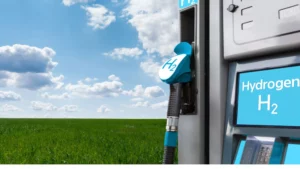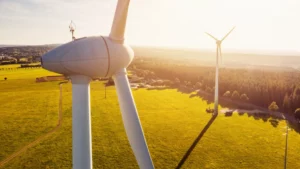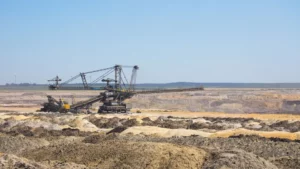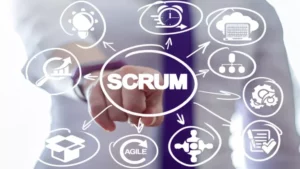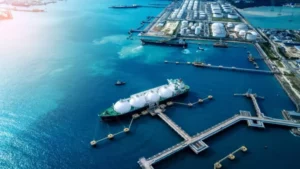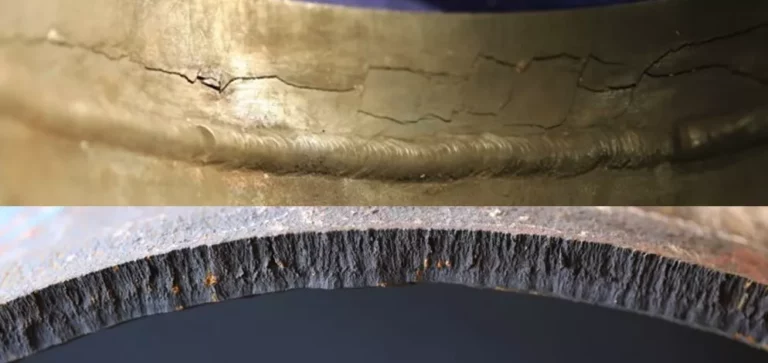
Preventing Caustic Cracking in Steels: Strategies and Solutions
Author: Ing. Mario Toyo, 04 March 2024.
Caustic embrittlement cracking represents one of the most significant challenges in the service life of industrial assets, ranging from oil refining to nuclear power production. This phenomenon mainly affects carbon and low alloy steels, seriously compromising the structural integrity of the equipment.










